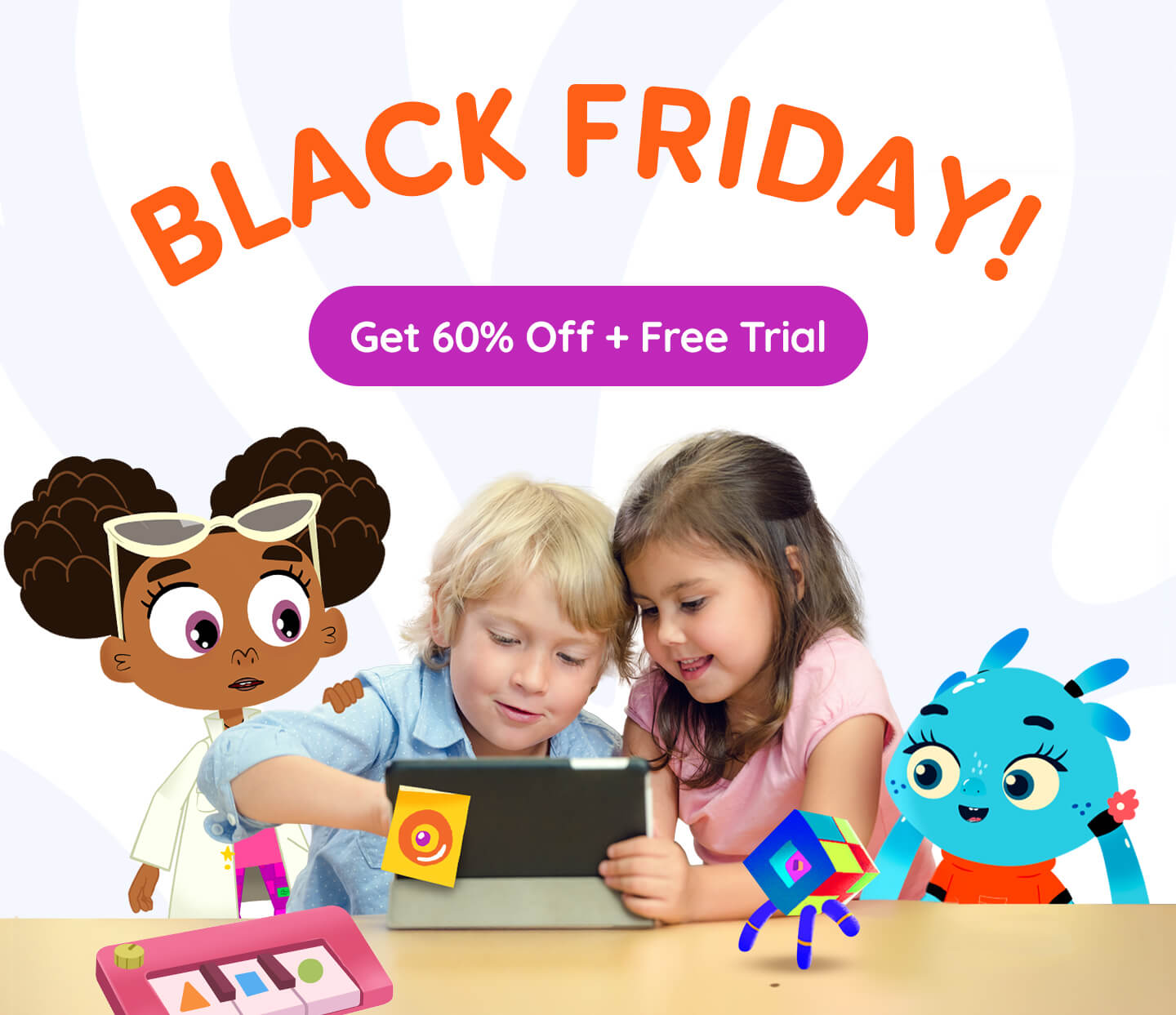Curriculum
Asking and Answering Key Questions
Children will ask and answer questions about key details in a text, enhancing their comprehension. For instance, after reading "The Cat in the Hat" by Dr. Seuss, a teacher might ask a 6-year-old, "What mess did the Cat make?" The child can respond based on the story. Additionally, the child might ask, "Why did the Cat come to the house?"
Retelling Stories with Key Details
Children will retell stories including key details and demonstrate understanding of their central message or lesson. For example, after reading "The Tortoise and the Hare," a teacher can ask a 6-year-old to recount the story. The child might say, "The tortoise walked very slowly but didn't stop, and the hare ran fast and then took a nap." The teacher might then lead the child to discuss the lesson by asking, "What does the story teach us?"
Describing Characters, Settings, and Events
Children will describe characters, settings, and major events in a story, using key details. For example, after reading "Corduroy" by Don Freeman, a teacher might ask a 6-year-old to tell about the main character. The child might say, "Corduroy is a small teddy bear who wears green overalls and lives in a department store." Moving on to the setting, the teacher could prompt, "Where does the story happen?" to which the child might respond, "First in the department store and then in a little girl’s home." Discussing the major events, the child might recount, "Corduroy tries to find a button for his overalls, gets in trouble, but then a girl named Lisa buys him and takes him home.â€
Identifying Sensory Words and Feelings
Children will identify words and phrases in stories or poems that suggest feelings or appeal to the senses. For instance, in reading the classic poem "The Owl and the Pussy-Cat" by Edward Lear, a teacher might ask the children to listen closely for words that describe how the characters feel or what they see, hear, or touch. The teacher could then ask, "What words tell us how the owl feels about the pussycat?" or "What phrases describe the boat they sail in?" The children might respond with phrases like "beautiful pea green boat," which appeals to the sense of sight, or "they danced by the light of the moon," which suggests a joyful feeling.
Storytelling vs. Informational Books
Explain major differences between books that tell stories and books that give information, drawing on a wide reading of a range of text types.
Understanding Spoken Words and Sounds
Children will demonstrate understanding of spoken words, syllables, and sounds (phonemes). For example, they will clap their hands for each syllable in their name, helping them identify that "Emily" has three syllables (Em-i-ly). Additionally, they will practice identifying the first sound in words, such as saying that the word "sun" starts with the /s/ sound.
Distinguishing Long and Short Vowel Sounds
Children will distinguish long from short vowel sounds in spoken single-syllable words. For example, they will be able to identify that the word "hat" contains a short vowel sound (/a/ as in "cat") while the word "cake" has a long vowel sound (/aɪ/ as in "face").
Blending Sounds to Form Words
Children will orally produce single-syllable words by blending sounds (phonemes), including consonant blends. For example, when given the individual sounds /s/, /t/, and /op/, they will blend them together to say "stop." They might also be prompted to blend sounds like /b/, /l/, and /ock/ to produce the word "block."
Isolating and Pronouncing Sounds in Words
Children will isolate and pronounce initial, medial vowel, and final sounds (phonemes) in spoken single-syllable words. For example, when given the word "cat," they will identify and say the initial sound /k/, the medial vowel sound /æ/, and the final sound /t/. Similarly, for the word "dog," they will isolate and pronounce the initial sound /d/, the medial vowel sound /ɔ/, and the final sound /g/.
Segmenting Words into Phonemes
Children will segment spoken single-syllable words into their complete sequence of individual sounds (phonemes). For example, when the teacher says the word "bat," the children will listen and then break it down into its individual sounds by saying "/b/ /a/ /t/." Similarly, for the word "ship," they will segment it into "/sh/ /i/ /p/."
